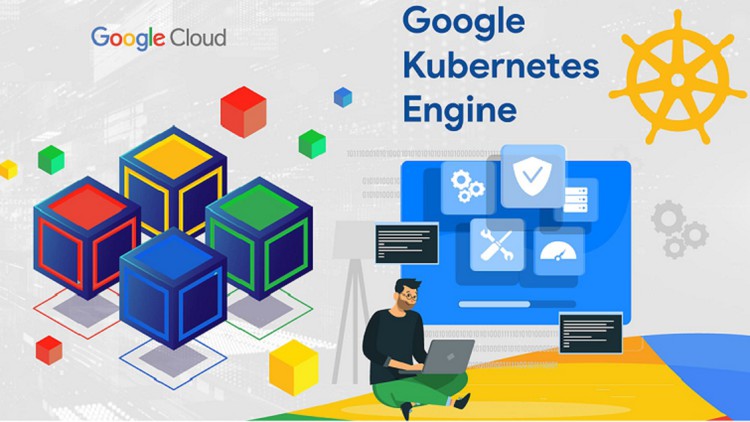جمع جزء: 189,000 تومان

Google GKE, Kubernetes, Label, Selectors, Scaling, Replication, Deployment, Rollback, Networking, Services, Volumes etc.
در این روش نیاز به افزودن محصول به سبد خرید و تکمیل اطلاعات نیست و شما پس از وارد کردن ایمیل خود و طی کردن مراحل پرداخت لینک های دریافت محصولات را در ایمیل خود دریافت خواهید کرد.


Red Hat Training and Certification – RHEL 9 (RH124)

Jenkins, From Zero To Master – Industrial CI/CD Projects

Kubernetes and Docker: The Complete Hands-On Guide

Real-Time Corporate CI/CD DevOps Pipeline Project – Hands On

Ubuntu Linux Fundamentals – A Practical Approach to Learning

Linux Security & Hardening, The Practical Approach

DevOps Training: A Comprehensive 5-day Intensive Program

Jenkins, From Zero To Master – Industrial CI/CD Projects

Advanced Linux System Administration
✨ تا ۷۰% تخفیف با شارژ کیف پول 🎁
مشاهده پلن ها